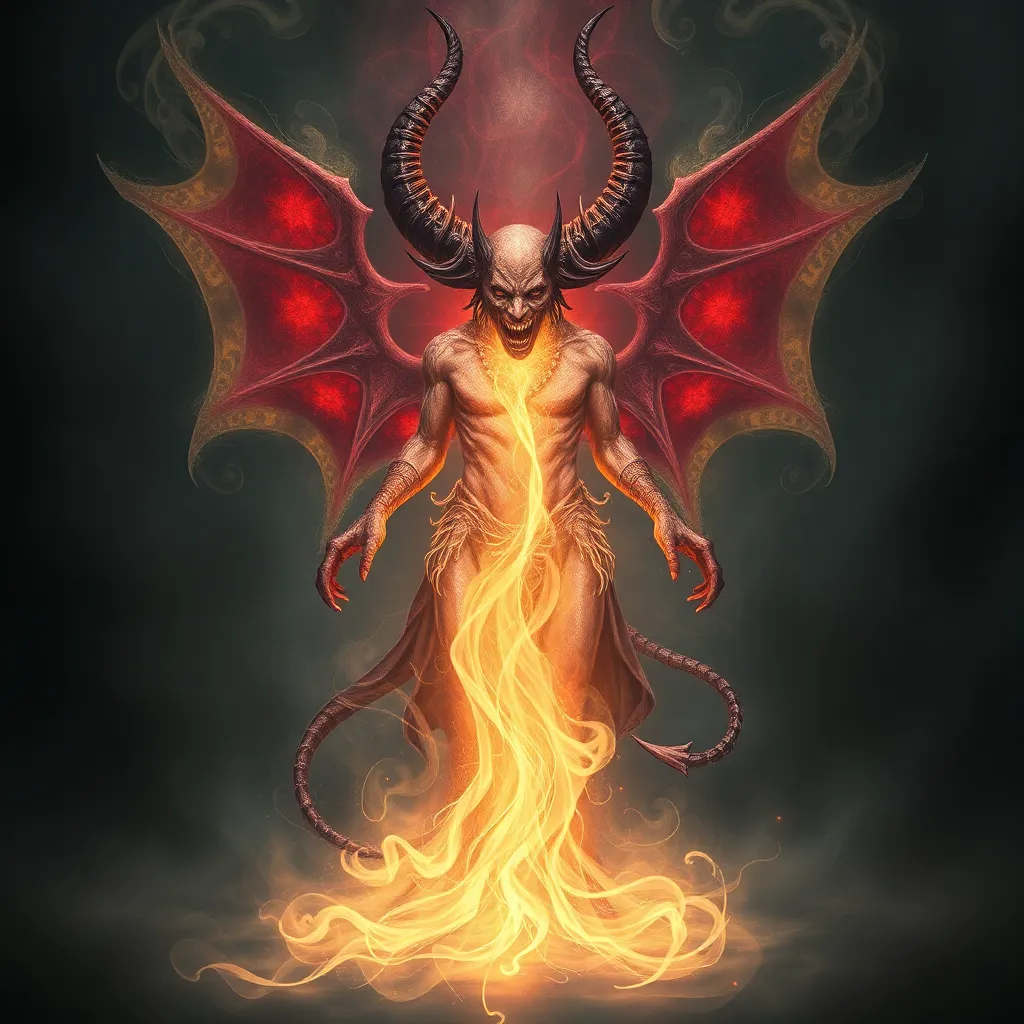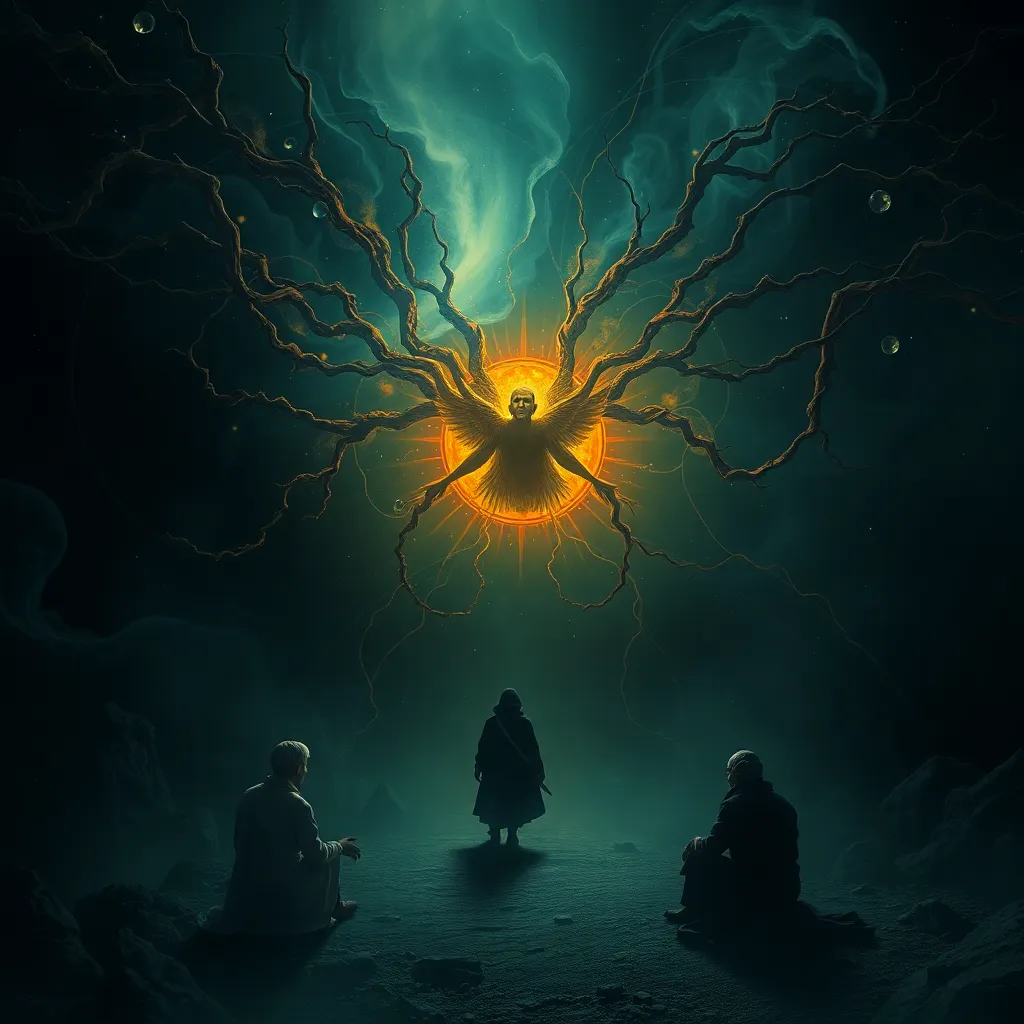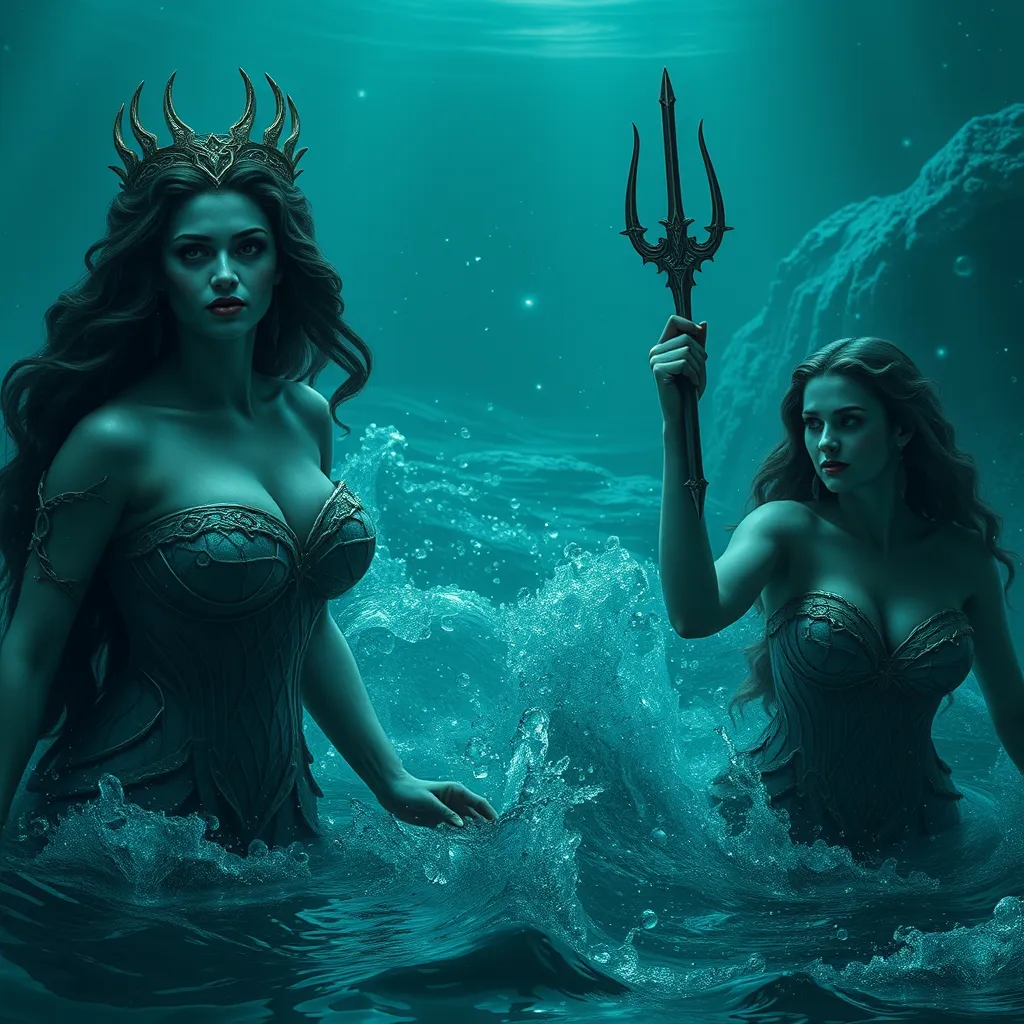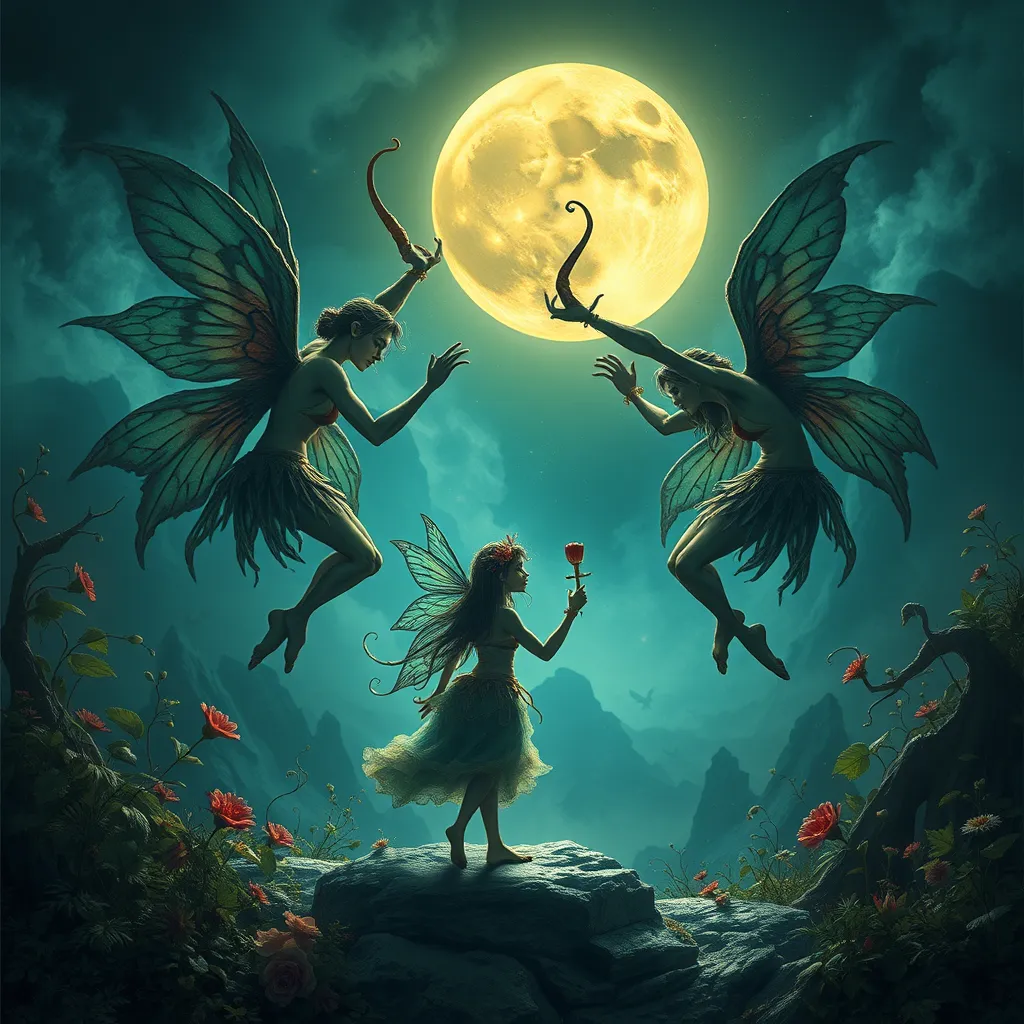The Empusa in Music: Discovering the Demon’s Influence on Musical Compositions
I. Introduction
The Empusa, a mythical creature originating from ancient Greek folklore, has captivated the imagination of many through its intriguing blend of beauty and terror. Traditionally depicted as a seductive demon capable of transforming its shape, the Empusa was believed to prey on young men, embodying themes of desire and danger. This article aims to explore the profound influence of the Empusa on musical compositions throughout history, examining how this mythological figure has inspired artists across genres and eras.
II. Historical Context of the Empusa
A. Origins and characteristics in ancient mythology
The Empusa is rooted in ancient Greek mythology, often associated with Hecate, the goddess of witchcraft and magic. Described as a beautiful woman with a frightening aspect, the Empusa was said to have one leg made of brass and another made of a donkey, symbolizing its dual nature. This creature was often invoked in tales to represent the fears and desires of the human psyche.
B. Evolution of the Empusa’s symbolism over time
As time passed, the Empusa evolved beyond its initial representation in Greek mythology. In literature and art, it began to symbolize broader themes of transformation, seduction, and the darker aspects of femininity. This evolution paved the way for its inclusion in various artistic expressions, particularly in music.
III. The Empusa’s Representation in Classical Music
A. Notable compositions inspired by the Empusa
Classical music has often drawn from mythological themes, and the Empusa is no exception. Compositions such as:
- The Empusa by composer Richard Wagner
- Symphonic Dances by Sergei Rachmaninoff
- A Midsummer Night’s Dream by Felix Mendelssohn
These works encapsulate the essence of the Empusa through dramatic orchestration and thematic depth, often highlighting the tension between beauty and horror.
B. Analysis of themes and motifs associated with the demon
In classical pieces, the Empusa is often represented through specific musical motifs that evoke a sense of mystery and allure. Composers utilize:
- Minor keys to create a haunting atmosphere
- Dynamic contrasts to reflect the dual nature of the Empusa
- Instrumentation that emphasizes seduction and danger, such as strings and woodwinds
These elements work together to immerse listeners in the psychological complexities associated with the Empusa.
IV. The Empusa in Contemporary Music
A. Exploration of modern genres and artists influenced by the Empusa
In contemporary music, the Empusa continues to inspire a range of artists across various genres, from rock to pop and electronic. Musicians often draw from its themes of desire and transformation to create compelling narratives in their songs.
B. Case studies of specific songs and albums
Several modern songs and albums are notable for their references to the Empusa:
- Demons by Imagine Dragons – This song explores the fear of one’s inner demons, mirroring the seductive yet dangerous nature of the Empusa.
- Empusa by the band Agalloch – This track combines dark, atmospheric elements with lyrical themes that evoke the essence of the demon.
- Witching Hour by the band The Birthday Massacre – This song draws parallels between the Empusa and themes of enchantment and danger.
These examples showcase how the Empusa’s influence has permeated modern musical landscapes, providing a rich source of inspiration for artists.
V. Thematic Connections: Fear, Desire, and Transformation
A. How the Empusa embodies these themes in music
The Empusa serves as a powerful symbol of fear, desire, and transformation in music. Its ability to evoke both attraction and terror resonates deeply with listeners, allowing for a multifaceted exploration of these themes.
B. Artistic interpretations and emotional impact on listeners
Artists often use the Empusa as a lens through which to examine complex emotions. The interplay of fear and desire can lead to:
- Heightened emotional experiences during performances
- Deep connections between the artist and the audience
- A greater understanding of personal fears and desires
By tapping into the archetypal nature of the Empusa, musicians create works that are both relatable and profound.
VI. Cross-Cultural Interpretations of the Empusa in Music
A. Comparisons to similar mythological figures in other cultures
The concept of a seductive, dangerous female figure appears in various cultures, drawing parallels to the Empusa. Figures such as:
- The succubus in Western folklore
- La Llorona in Latin American mythology
- The Yama-uba in Japanese folklore
These characters embody similar themes of seduction, transformation, and the duality of human nature, influencing music across different cultures.
B. Global influence on musical compositions and styles
The influence of the Empusa and its counterparts is evident in global music traditions. From haunting melodies in Eastern European folk music to the intense rhythms of African tribal music, the themes associated with the Empusa resonate worldwide, shaping diverse musical styles.
VII. The Role of the Empusa in Music Videos and Performances
A. Visual representations of the Empusa in music videos
Music videos often serve as a canvas for visual storytelling, and the Empusa’s influence is pervasive in this medium. Artists frequently incorporate:
- Symbolic imagery that reflects the dual nature of the Empusa
- Cinematic techniques to enhance themes of fear and desire
- Costuming and choreography that evoke the seductive qualities of the demon
These visual elements amplify the emotional impact of the music, creating a holistic artistic experience.
B. Impact on live performances and stage aesthetics
In live performances, the representation of the Empusa can shape the overall aesthetic. Artists may use:
- Lighting effects to create a mystical atmosphere
- Thematic costumes that echo the Empusa’s allure
- Choreographed movements that embody the creature’s seductive nature
Such elements enhance the audience’s engagement, bridging the gap between myth and modern artistic expression.
VIII. Conclusion
The Empusa’s influence on music is profound, spanning centuries and crossing cultural boundaries. From classical compositions to contemporary hits, this mythological figure continues to inspire artists as they explore themes of fear, desire, and transformation. The Empusa serves not only as a subject of fascination but also as a powerful symbol that resonates deeply with human experiences. As we reflect on the significance of mythological themes in artistic expression, it is evident that the Empusa will remain a timeless muse for generations of musicians to come.



